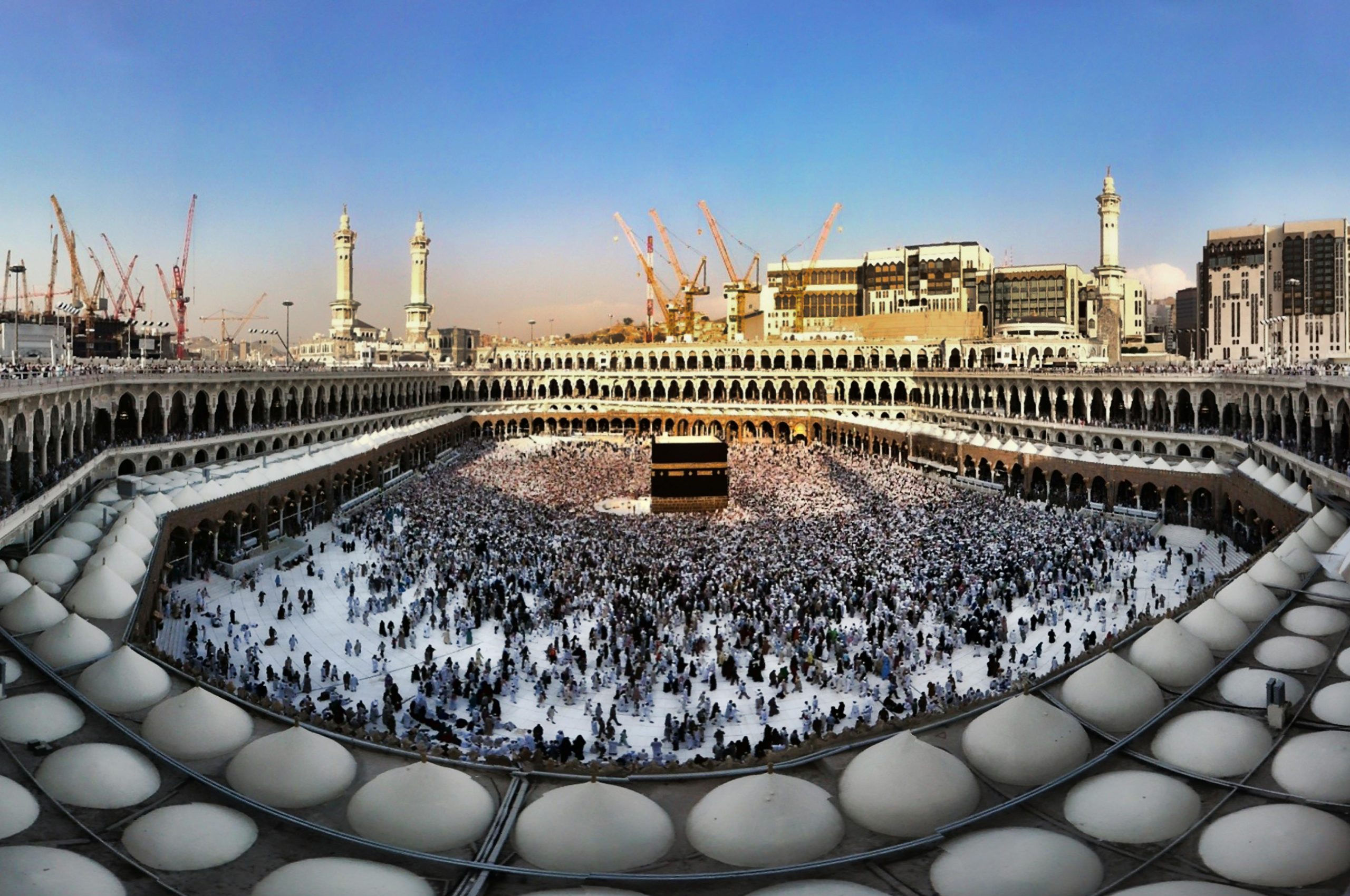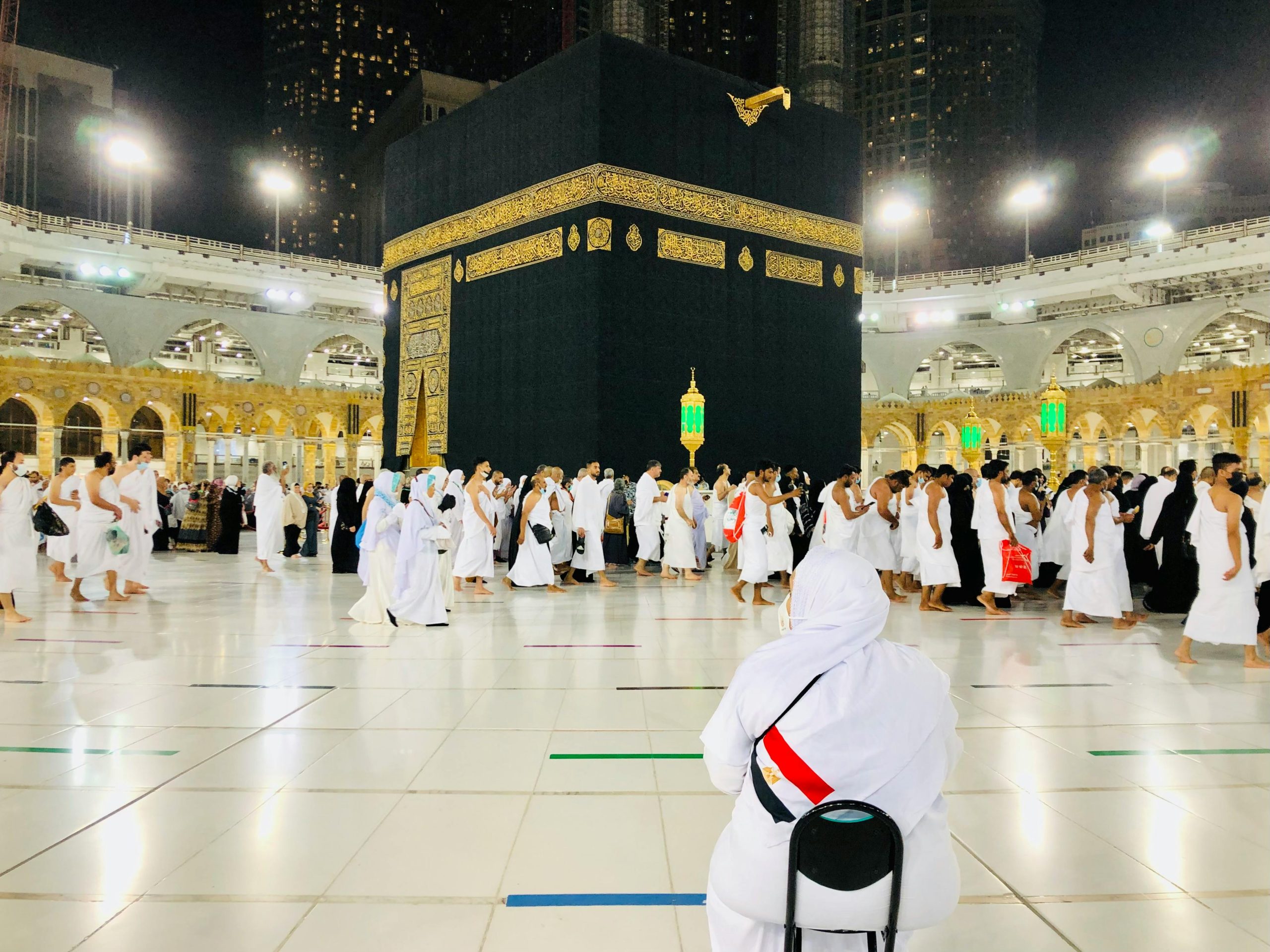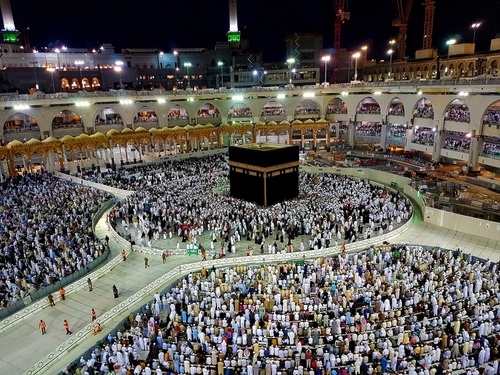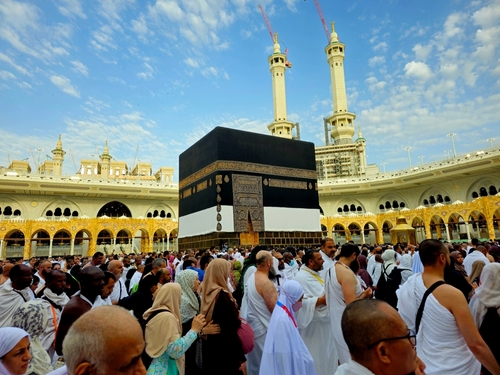How Many Tawaf Are There in Hajj?
The Hajj is an immense blessing for those who believe. This major pilgrimage has a set of rules and regulations for its performance. There are also a number of rituals that must be performed with great dedication for this prayer to be termed valid.
Amongst them all, a very common question arises regarding the number of tawafs that must be performed for the Hajj to be accurate. There are a number of different schools of thought regarding the performance of this ritual and how many should actually be present for it.
Below, we are outlining the various types of tawaf and how they should be performed. So let’s take a closer look at them all!
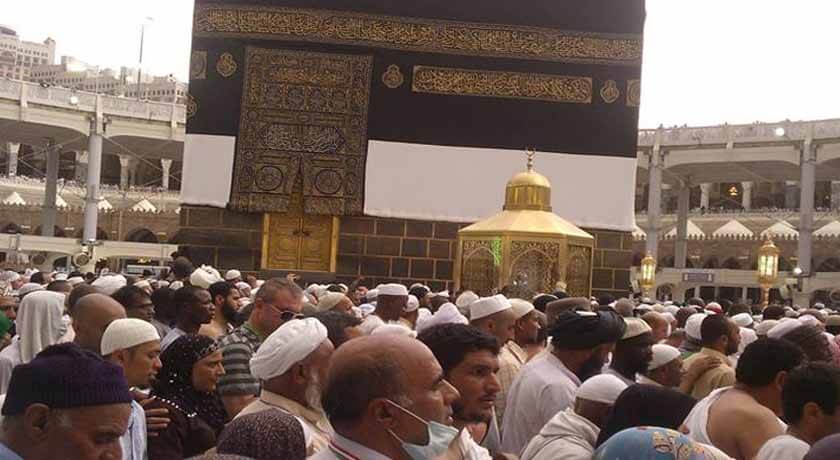
What is Tawaf?
It is an important part of both the major and minor pilgrimages, or Hajj and Umrah. The tawaf is the name given to the encirclement of the Kaaba in an anti-clockwise direction. A total number of seven circumambulations are made around the Kaaba at an ordinary to fast pace. Believers may recite various supplications and raise their hands in prayers to ALLAH SWT when performing this action. The pilgrims also recite Takbir while performing it.
It should be remembered that there are several different types of tawaf, each designed for its specific purpose. For this reason, the Niyyah for the specific kind should always be made at the start.
When is the tawaf performed?
For a believer’s hajj to be termed valid, the pilgrim must be in a state of ihram. Once this has been finalized, next comes another very important step. And this step is related to the Tawaf. Upon entry into Makkah, the holy city in Saudi Arabia, all pilgrims are required to perform it. Once it has been performed, next comes the performance of the Sa’ii or the walk between the Mountains of Safwa and Marwa.
The different types of tawaf during Hajj
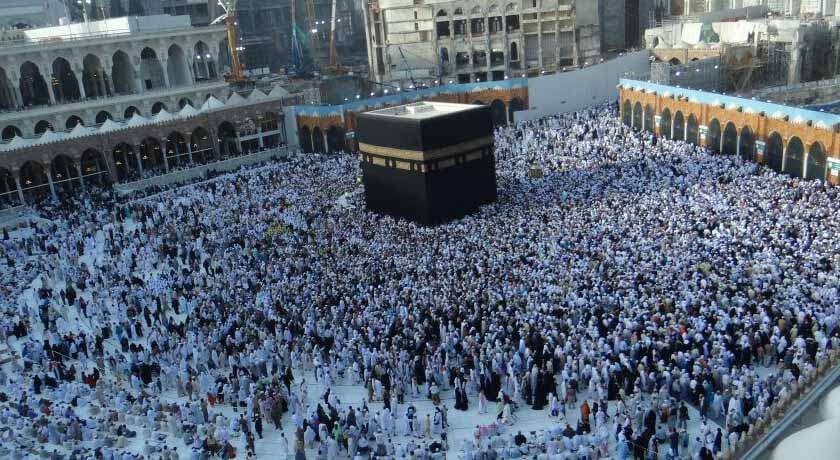
Tawaf al-Ziyarah
This is the most common one performed during the Hajj. It is performed only after the believers get through all the acts that must be completed at Mina, the jamarat al’aqabah ramy, the halq, the sacrifice and taqsir.
This ritual is performed upon the pilgrims’ return to Makkah. It gets its name from the fact that is performed on the pilgrim’s visit or Ziyarah towards the Kaaba in Makkah, after leaving the valley of Mina. Most Islamic schools of thought believe that after pilgrims perform this, they are allowed to take part in a number of things that were previously termed as non-permissible during the Hajj.
Tawaf al-Wada
As can be guessed by its name, is the final one performed by the pilgrims. It is the last step for believers before they exit the city of Makkah. Most Islamic schools of thought consider this as obligatory for pilgrims.
It is the duty of all pilgrims to pay careful attention to the detailed requirements of the rituals. And gaining a thorough understanding of the tawaf during Hajj is an important step that must be encouraged.











